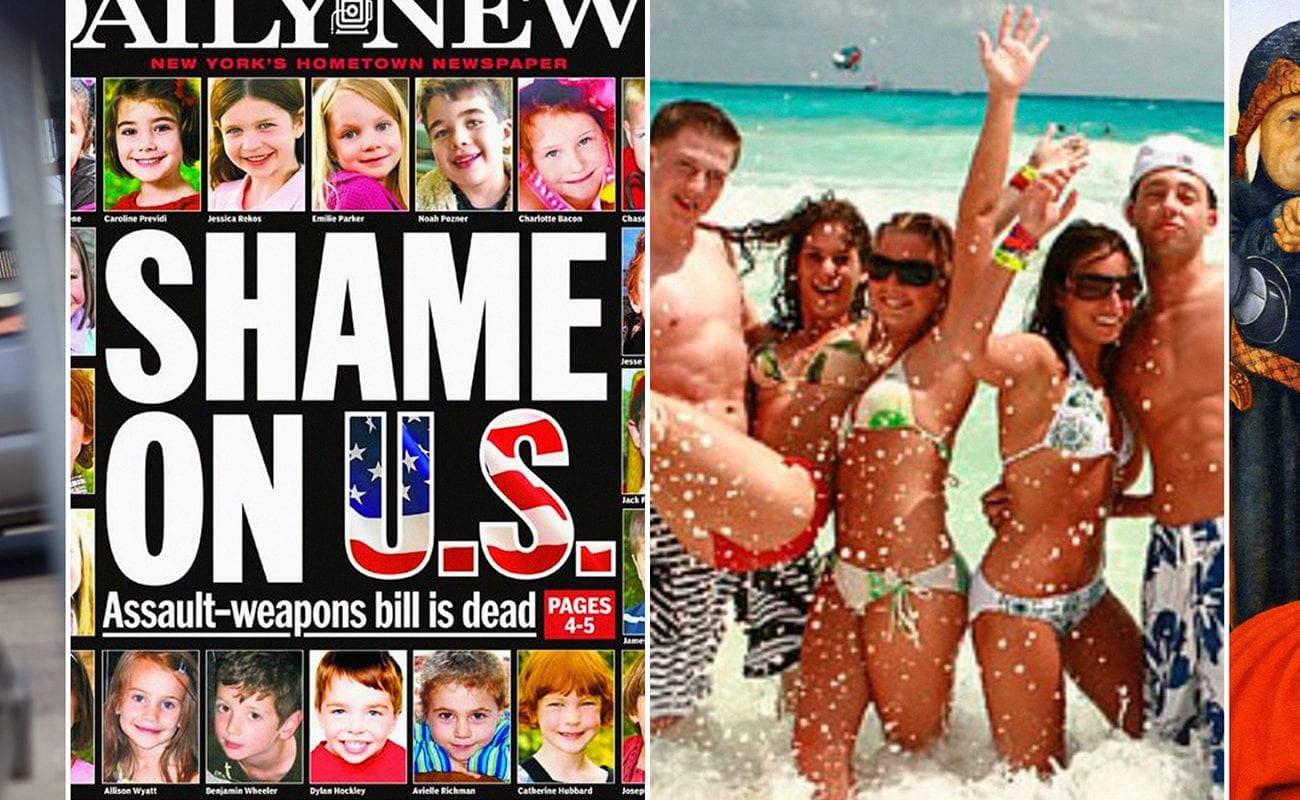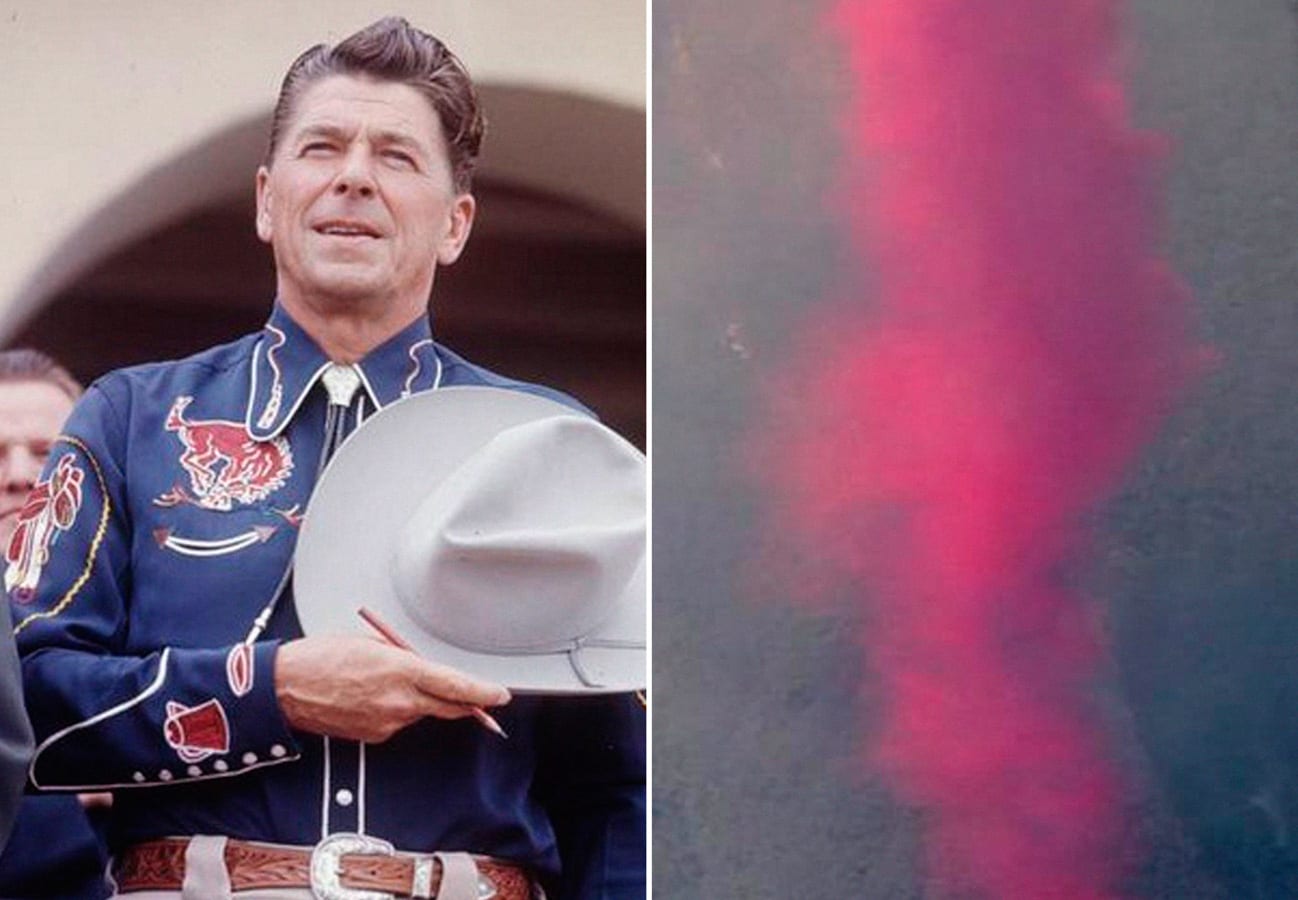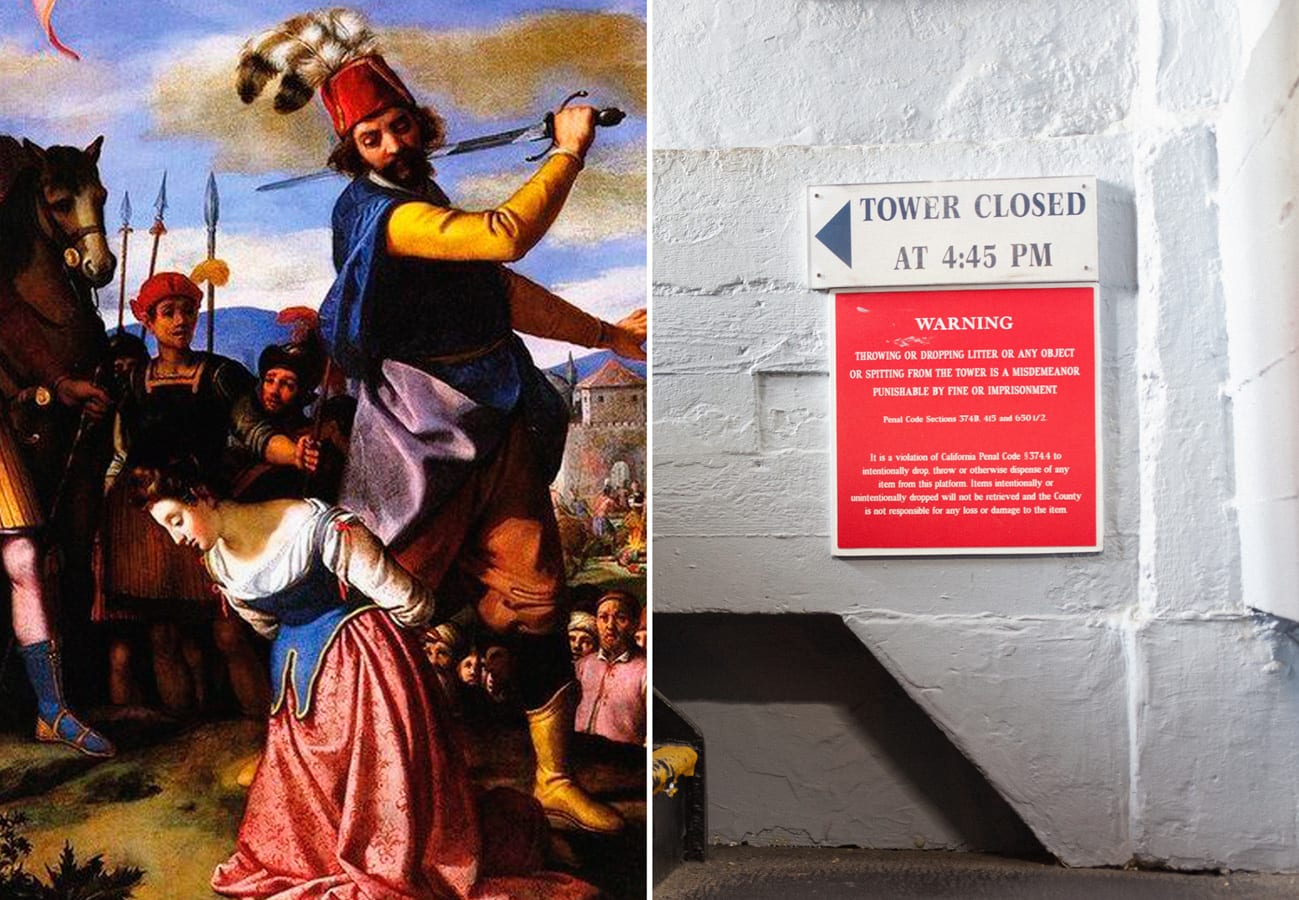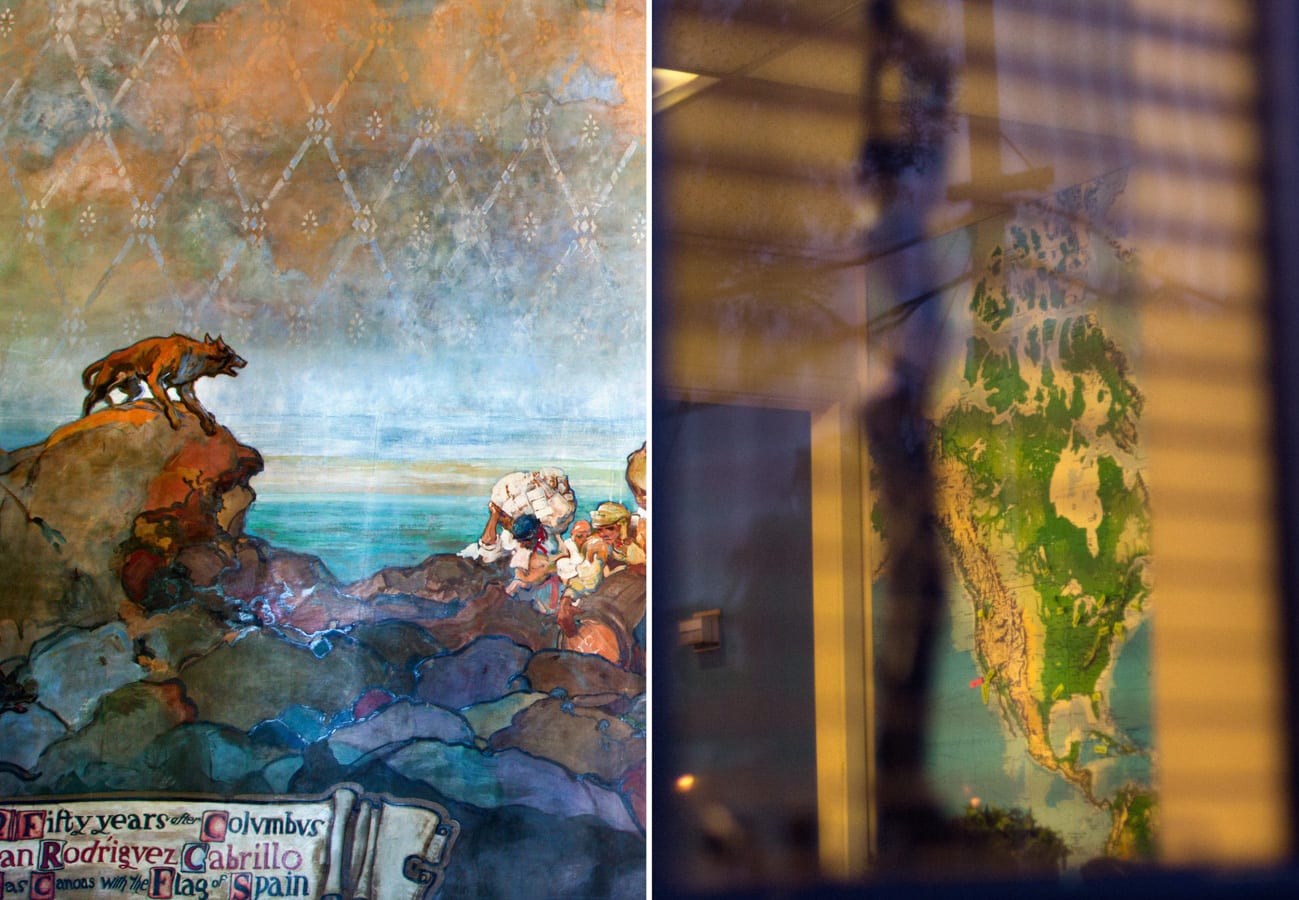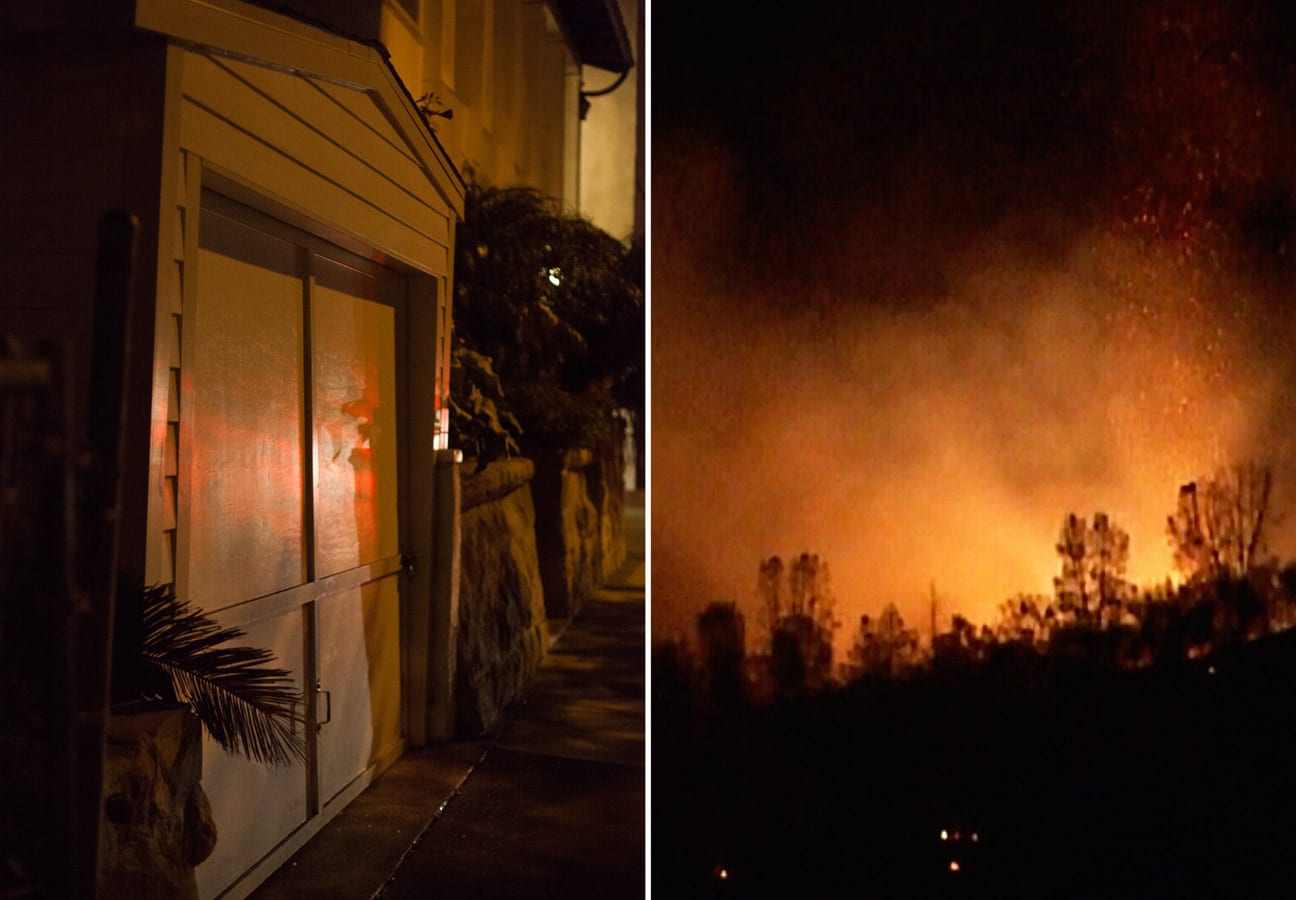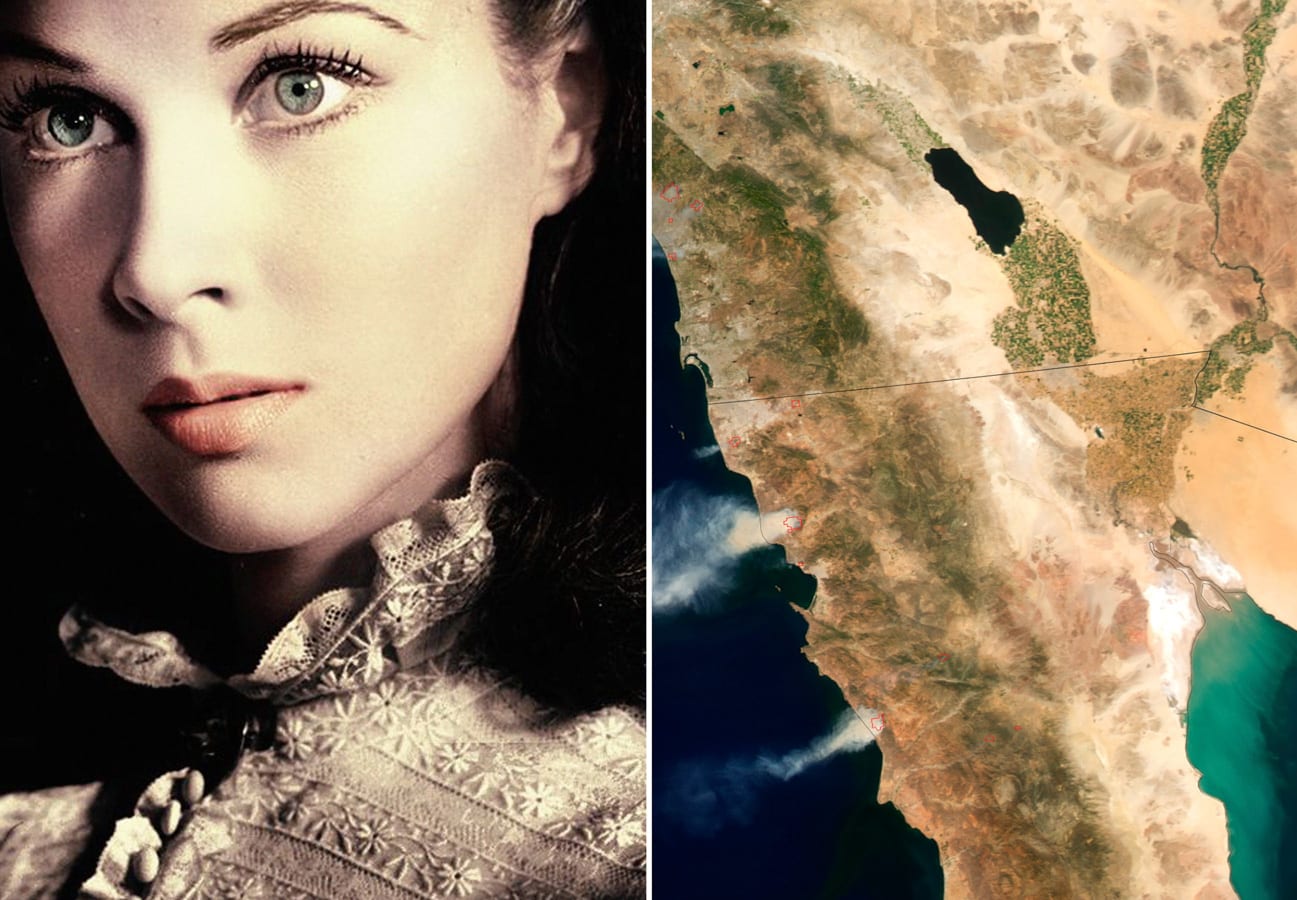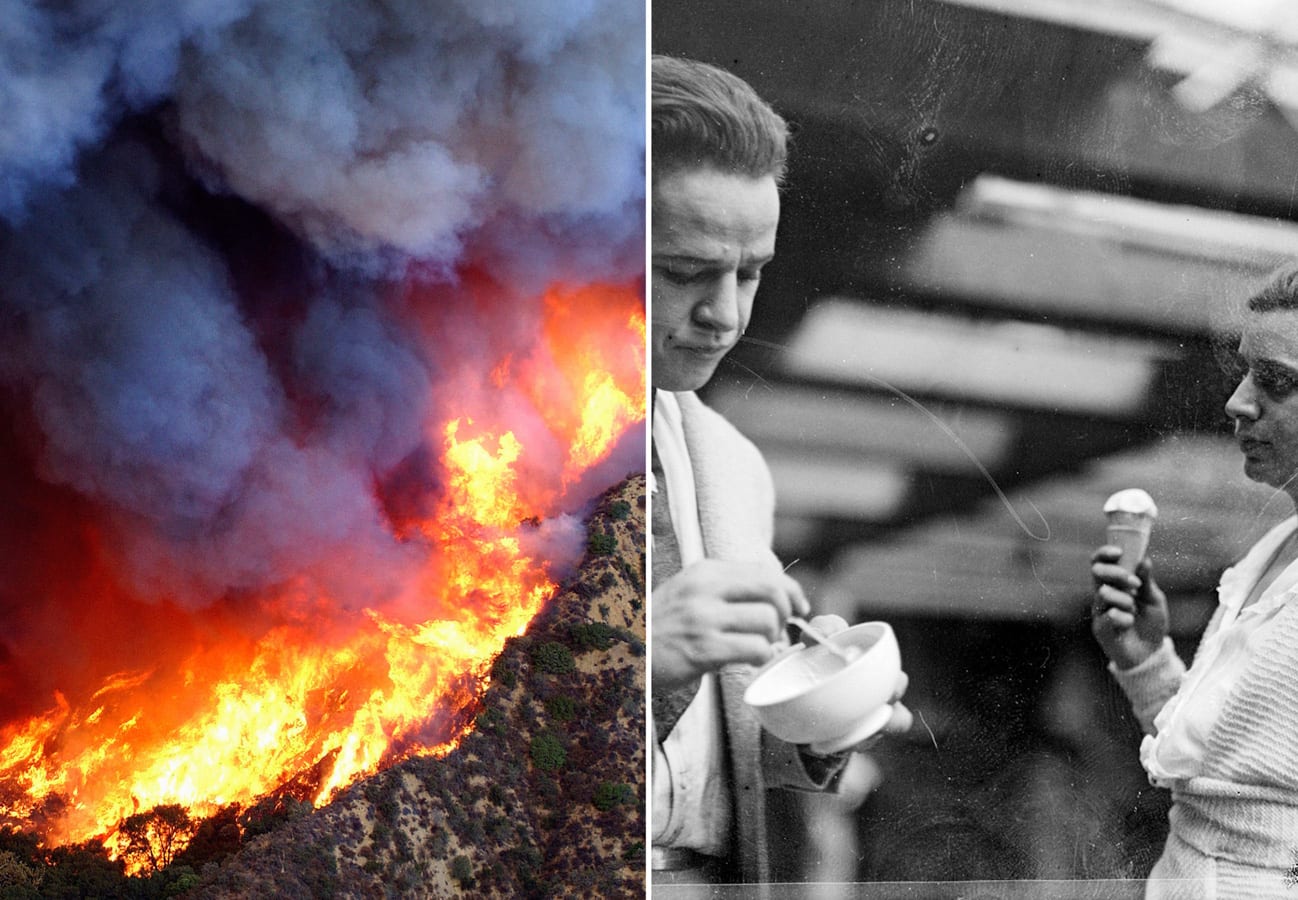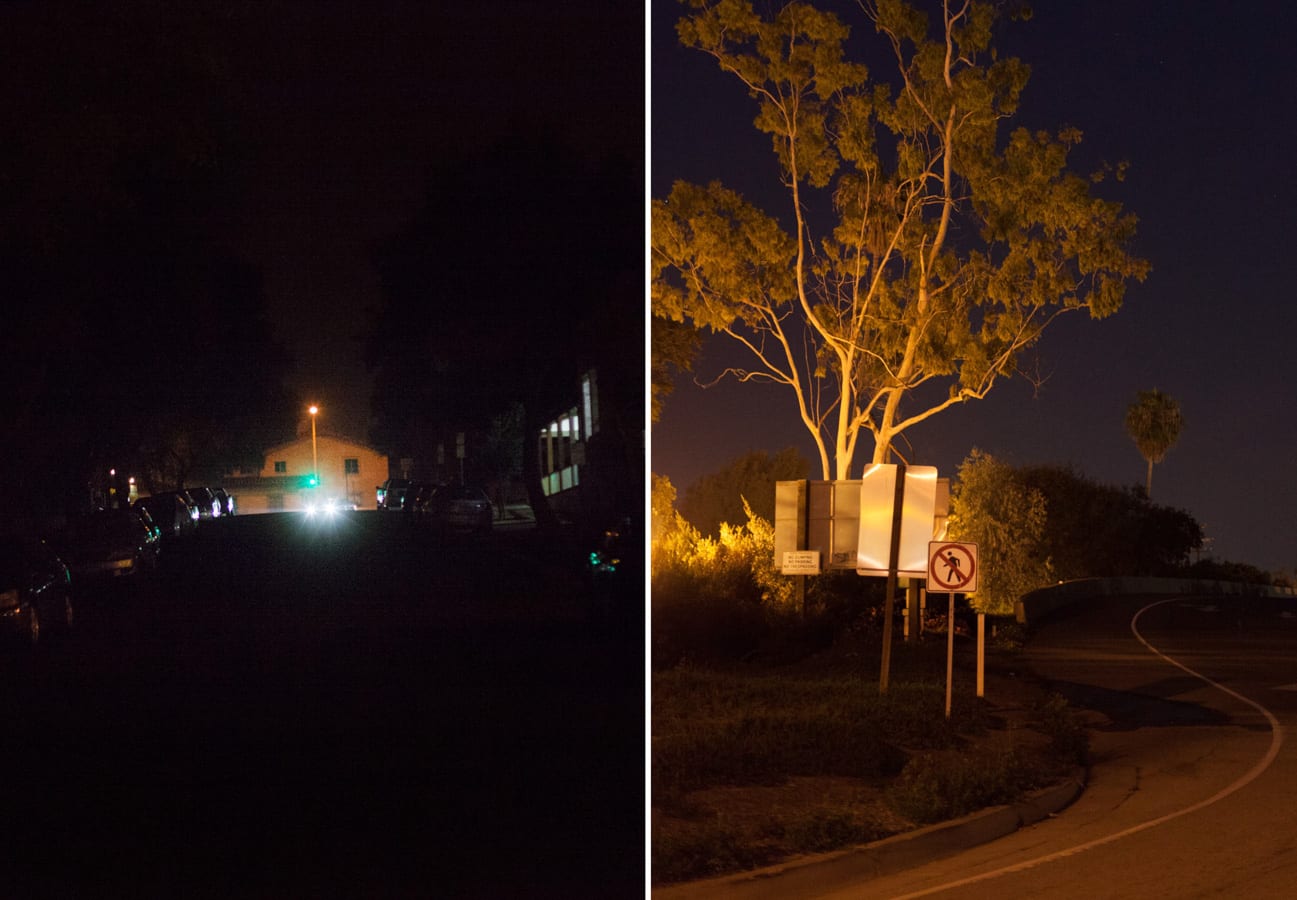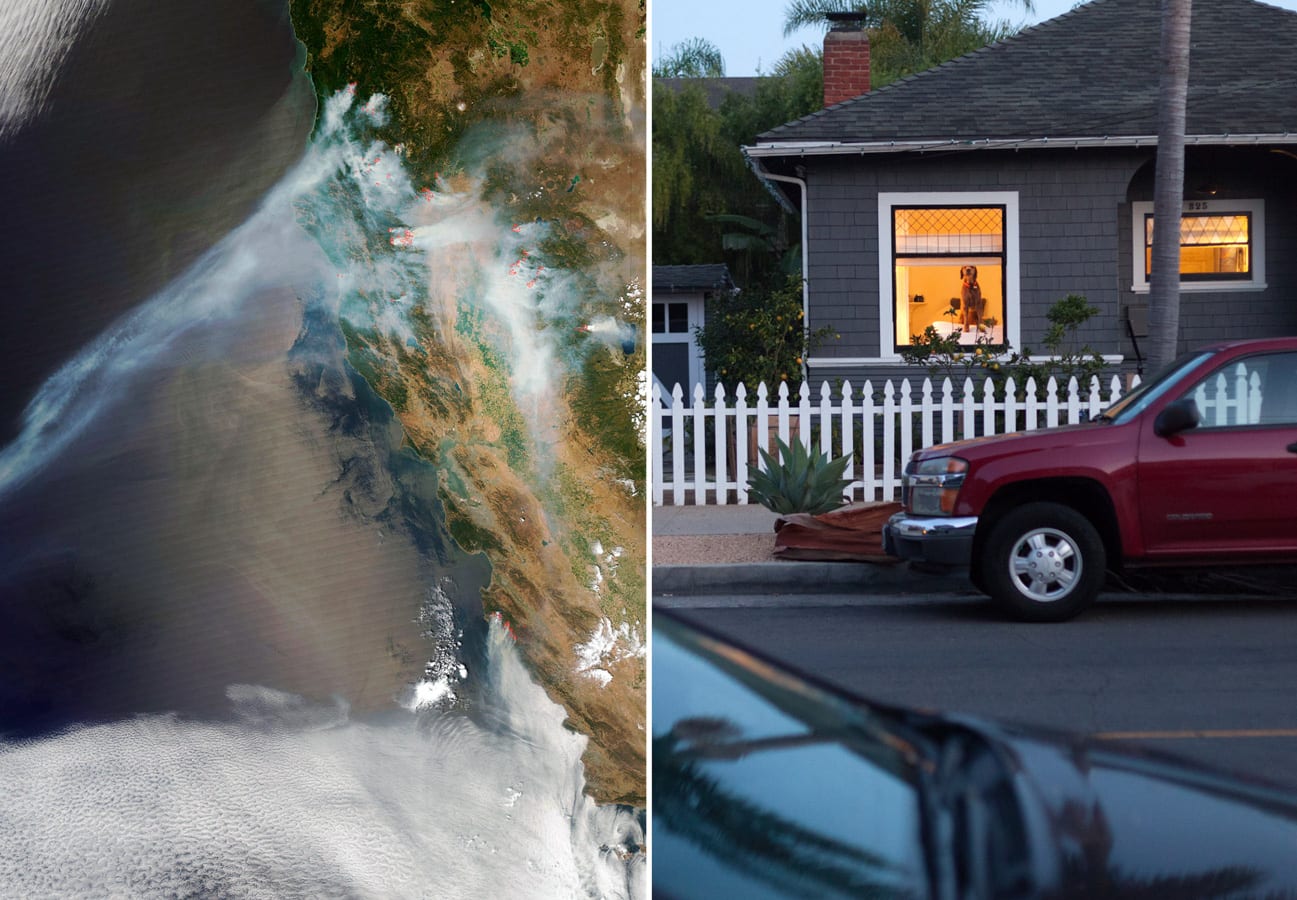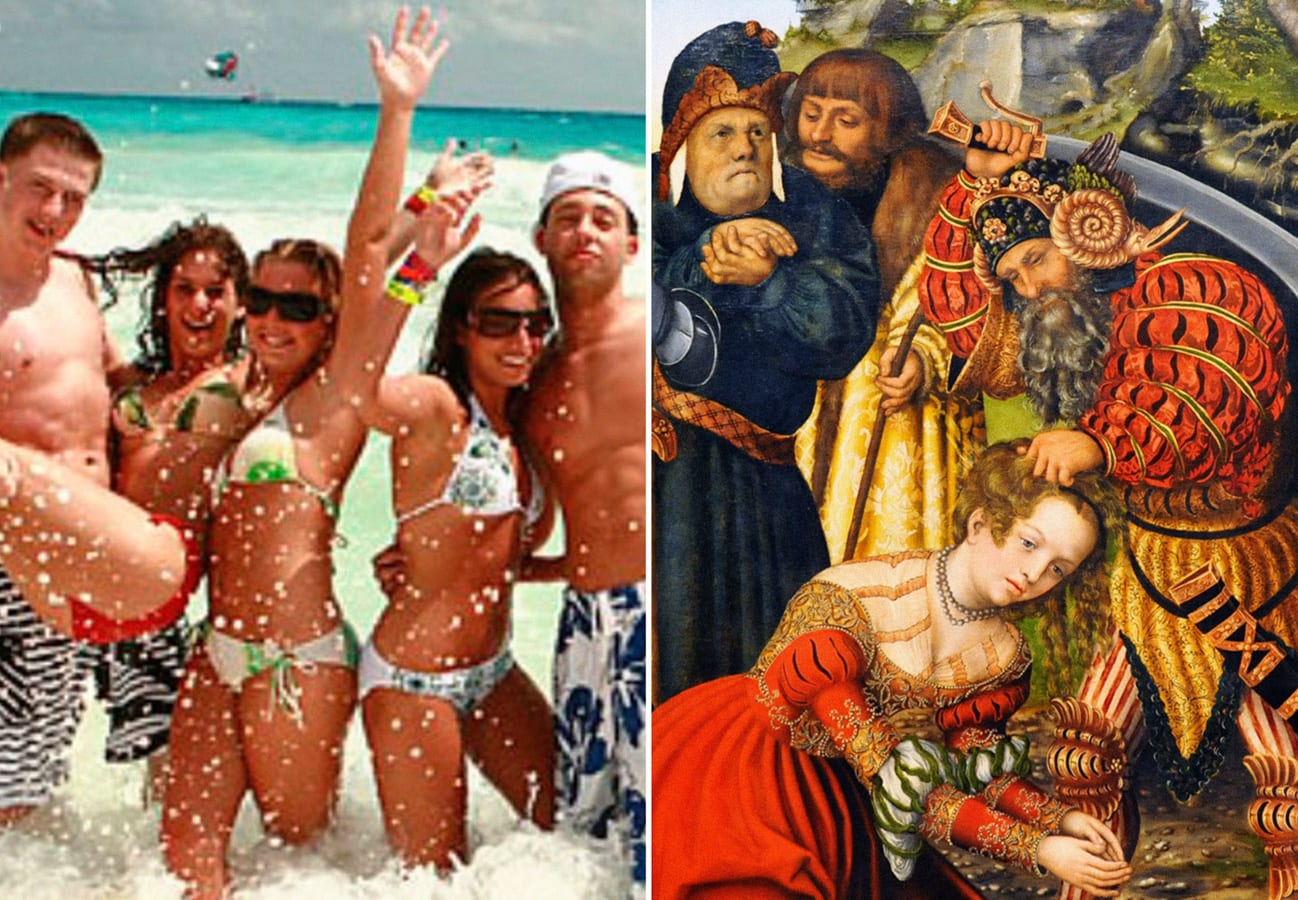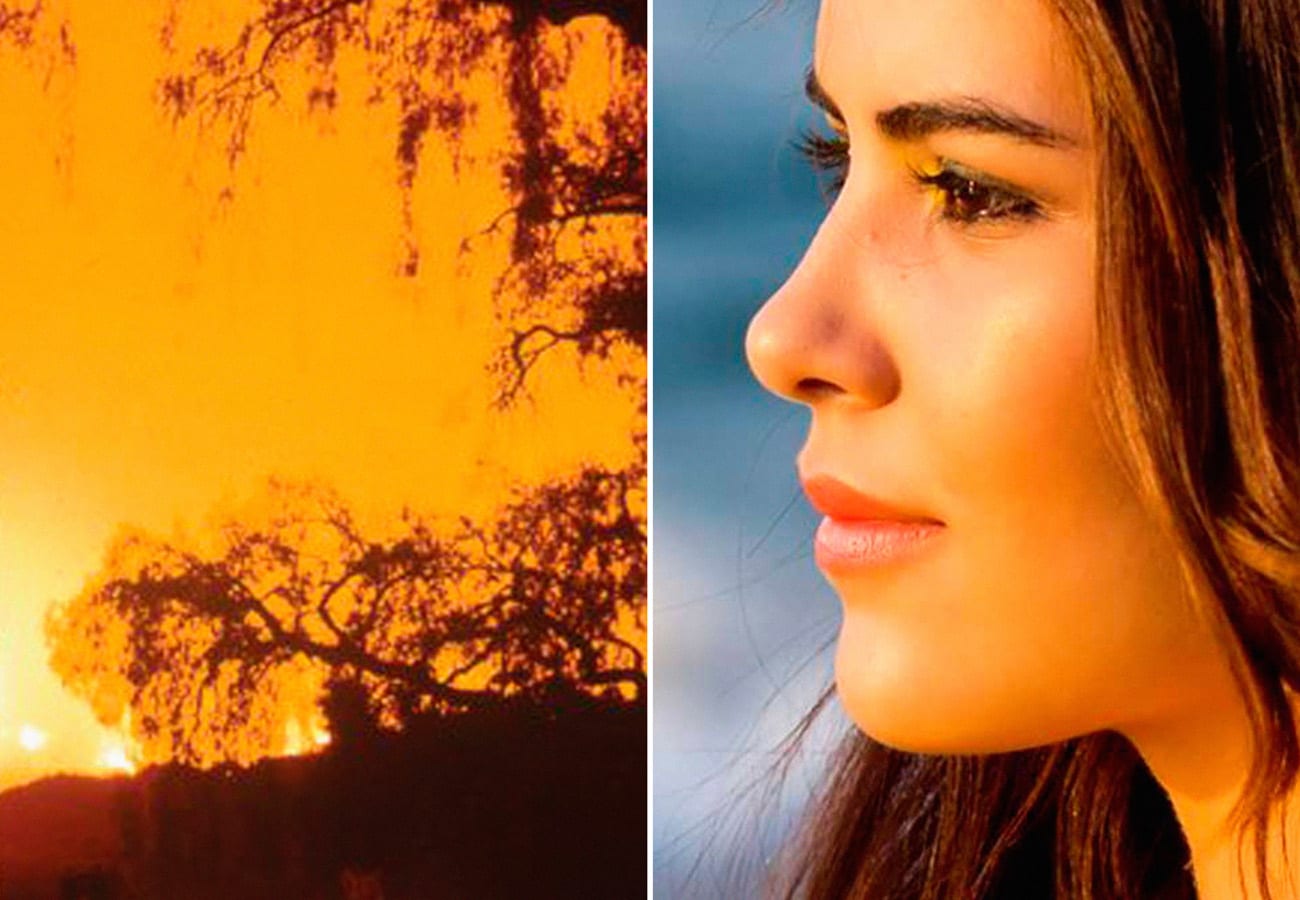“I think of the USA as an adolescent country with a made up history and in a constant tantrum to make itself the most important place in the world. I wanted this work to be anti-documentary, if that is even possible, and to stress that things are simple, complicated, entwined and conflicted at the same time”
BF: First off, let me say that I think your two “Santa Barbara” volumes with Skinnerboox are incredible. They certainly fit in with my own fascination with works that bubble underneath the skin or the façade of stereotypes and the vast collision field between fantasy and reality, in particular as it attenuates the concept to the American Dream/Death. I feel like I am floating in a hospice that is uncanny, and also close in metaphor to the mid-period of David Lynch’s output, around Blue Velvet, which is possibly accentuated by your cover on volume II. I find it more unsettling to look at work like this as it is declarative, but not overt in the handling of the message. Were you aware of this while making the book, playing with the near past and near present, but in a dream state of what visibly looks like an unconscious memory?
AC: I think of the USA as an adolescent country with a made up history and in a constant tantrum to make itself the most important place in the world. I wanted this work to be anti-documentary, if that is even possible, and to stress that things are simple, complicated, entwined and conflicted at the same time. Photographs and their lack of making sense by themselves seemed the perfect way to approach this. More than a story or comment, the books work as a sort of mirror. One of the editors of both books, a practicing psychoanalyst, was always pushing the work to be free association and to create clusters of meanings through the sequencing. I purposely invited her to work on the final sequence because her view has nothing to do with photography or the history of photography. Her agenda was that of finding meaning through things that made sense to her. She is American but has lived in Mexico her whole life. Her point of view on what she sees happening in the US today is informed by an upbringing that embraced American values but never really lived them to a full extent. Again, complicated. Mirroring. It is a work that suggests ideas and places that offer new understandings of American culture. In both books time plays a big roll, especially in suggesting the cyclical nature of history. Things appear to never really pass, as the next shooting, fire, scandal, crisis is happening or about to happen. Both these books and another book I did last year mimic a timeline that has been broken into pieces and that is reassembled by someone who has no historical bias and so it is put together randomly creating questions into why things have been ordered in this or that way. A bit clichéd but the saying that history is written by those who are in power (and can publish) is a great excuse to create a nightmarish version of what Americans want us to think of them, but of course, always under the auspice of a deliciously feeling Italian velvet and gold and silver stamping.
BF: I unwrapped this book as California was burning. I am sure you saw the images of the guy playing golf as the fire encroached the hills behind him. It was in California, but I guess it doesn’t matter if it was Santa Barbara or not. Do we speak on the use of fire in the book after this? A joke really, but fire does repeat in the work. Can you speak on its use in the book?
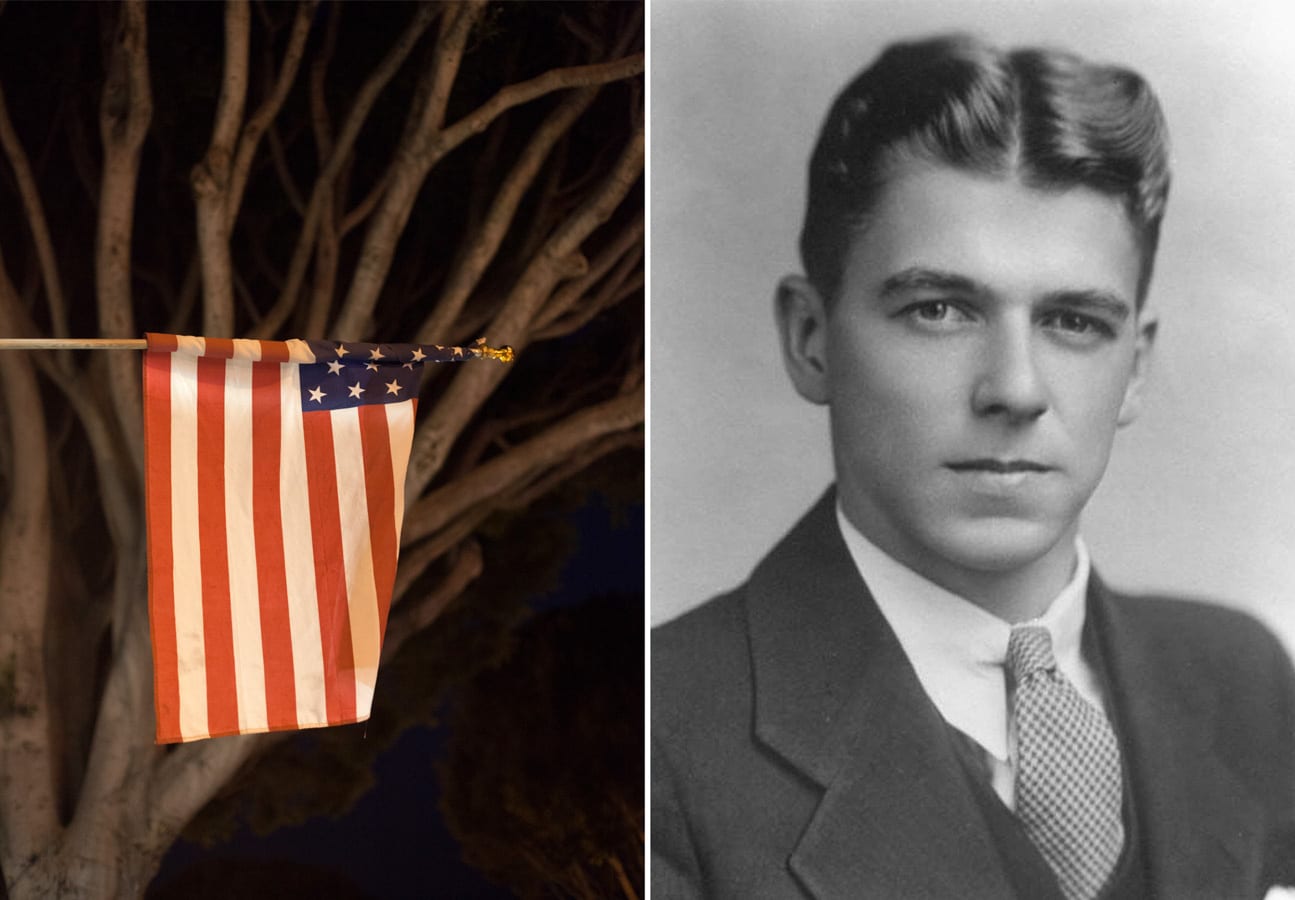
AC: I saw the image. I think it´s actually in Washington or Oregon. A crazy shot. For the editors, and me, fire seemed to have that eminent feeling of disaster. It is there, you can try to control it but it always destroys. If you see the pairing images with the fires, there is a sense of awe or a feeling of “nothing is happening”. We were pinpointing the cultural divisions and the contrasting political standing that plague the US today. I have to insist that these books are an outsider’s take- a neighbor’s point of view. Right when they established the first travel ban earlier this year, we were in the middle of the editing process. I was going to San Francisco and I made a point to myself to only watch Fox news and the likes on TV and contrast that with what people I talked with in SF were saying. It was like they were talking about two different countries. I came back, a bit shaken to be honest (I basically reset my phone just in case I got held up at the airport) and we all talked of how these sides coexist. Fire and calmness seemed to best articulate the idea.
BF: The second book seems to use archival material much more than the first. I think people would consider it either a dual volume set or perhaps, like a compilation album of “uncut and previously unheard” or un-used in this case. Did you have two volumes in mind from the beginning or did it make sense to use set aside material or was this perhaps a fresh start after the success of volume 1?
“In both books time plays a big roll, especially in suggesting the cyclical nature of history. Things appear to never really pass, as the next shooting, fire, scandal, crisis is happening or about to happen”
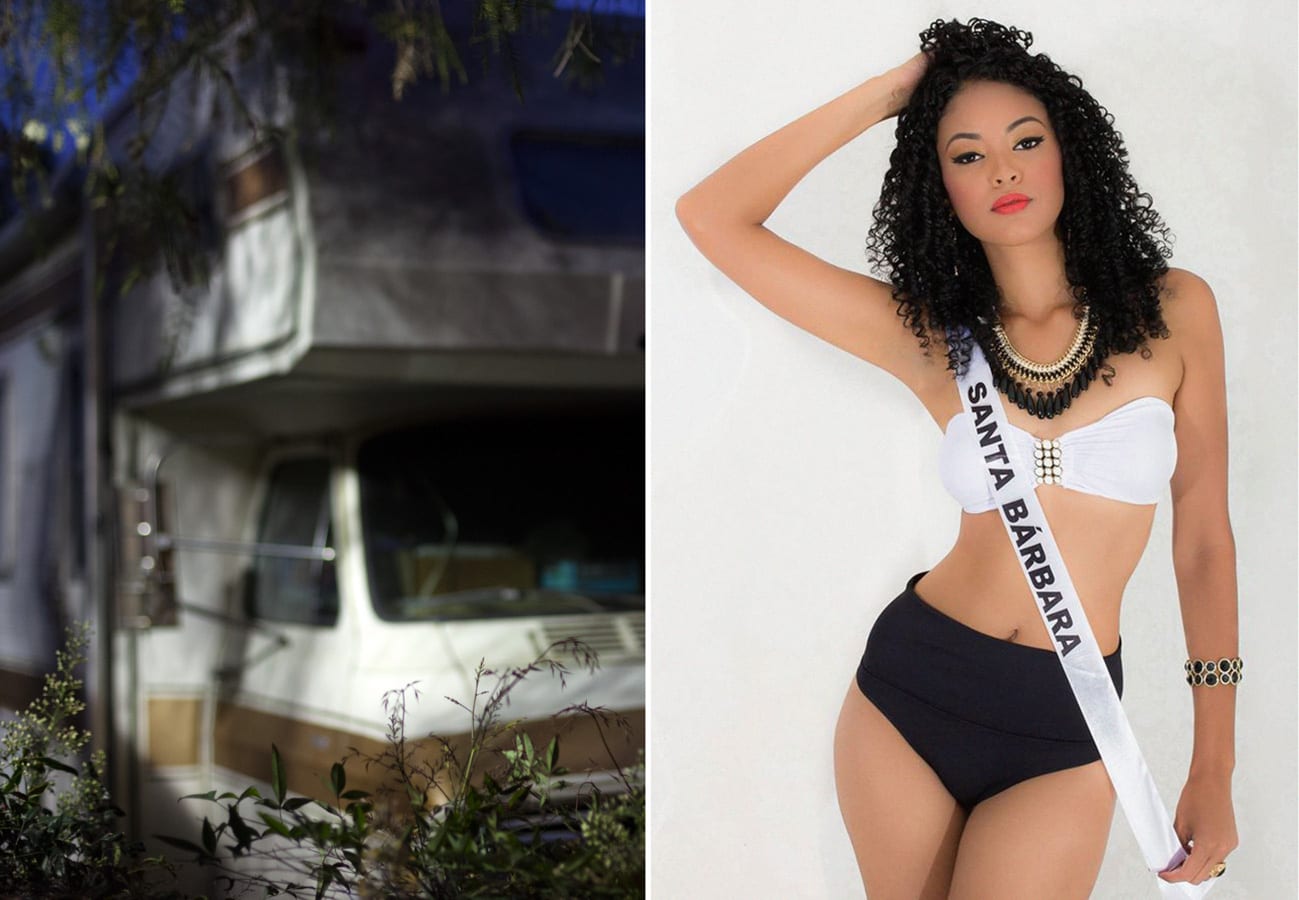
AC: The project started as an exhibition/community activity for a the Museum of Santa Barbara. At that moment it was about creating an alternative history to that of the official Santa Barbara history (this was 2015, no alternative facts in the air yet!). So for almost a year I started collecting images from many archives and the Internet. I first focused on Santa Barbara, California and then just opened it up to any Santa Barbara; place, person, thing I could find. We invited people from the community to bring their images of Santa Barbara. They could bring old family snap shots or they could take a picture of themselves with a polaroid camera and include them in these massive timelines I had inconclusively arranged in the project space. Those timelines grew for three months and became crazy monsters of collages and for me; they became erasures of a known history that gave way to personalized stories of what people wanted their history to be. For the proposal for the project I had made some 6 dummies that eventually were left there for people to build or add to them. I had also photographed there in the two trips I did to coordinate with the museum. So when I got back from the trips I started editing things together and something started to appear. The people from Skinnerboox saw some of the spreads of the dummies and saw something there and I started to work on the first book. All images were taken and gathered in 2015. So the exercise I wanted to play on was to create meaning of the current state of the US in 2016 with the first book and now 2017 with Trumps America with the images from the same time. So Volume one came and it really mirrored a sort of chaotic time, with politics being a motor for more division and the feeling we saw from outside was that of an uncertain, menacing time. The Second volume has even more confusion but certain notes that are really specific about the current divide and hate that we see emerging from within the US. Of course, these are just ideas the editors and myself talked about while putting things together. A sort of guideline but the final sequence is abrupt and like a mentioned before, a free association. One editor helped me with the paring and first sequences but then the other editor had free range to sequence as she saw fit, as long as she could walk me through the whole mind trip and convince me of the connections she found. The final book is dormant right now. A trilogy that will end with the state of things in the next couple of years. No new images to take or gather, just new meanings through editing.
BF: Status Quo and Anxiety-these seem to be two ever-present and misshapen themes in the social, moral and theoretical tapestry of America in the current age. Without even saying Trump, I have felt that the past few years, even under Obama, things have been sliding a bit towards the abyss of Imperial decline. I think anxiety is the best way to describe it-a fevered state with a “no surrender, total control” atmosphere. I have not been back for a few years, but I cannot help but watch with sympathy and anger from afar. Can you give me an impression of your own feelings about the state of things? Of course it is easy to speak about the problems, to name them-police brutality, gun crime, mass shootings, economic inequality, Trump, racism, rampant neo-liberalism unbridled, war all the time etc, but I want to know how you feel both in and towards America.
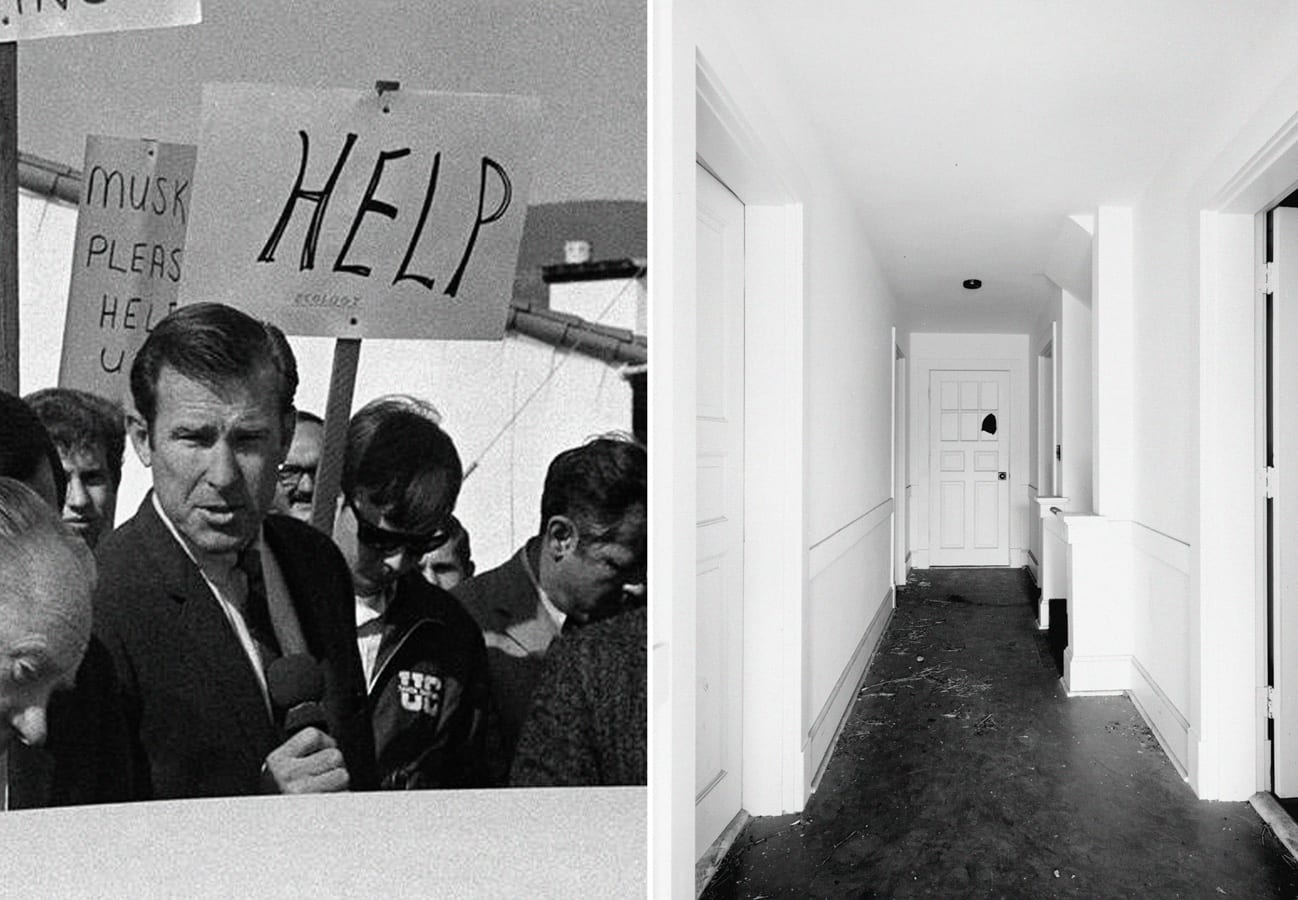
AC: I am married to an American (my psychoanalyst editor). Also, I have always had the US as a neighbor, first in Dominican Republic, my god parents were from Puerto Rico so I´d visit all the time, and now in Mexico living two hours south of the US Texas border. I speak and think in English and Spanish. So in an odd way I feel a deep connection to the USA- a definite, uncomfortable at times admiration or desire to be a part of it. Maybe because what you mention as a feeling of anxiety that perpetuates there seems like a small price to pay compered to the ultra anxiety, barbarism, and blatant lack of personal security that has surrounded my life in DR and now in Mexico. It´s like a big brother that you look up to even knowing that he has issues. It’s a complicated relationship. I get mad at the stuff I read about the US, but my Hollywoodized mind thinks maybe things can get better. In the end, I know its all bullshit and once I try to cross the border and get questioned to why I go to the US I feel I never want to go back, or when my wife gets questioned to why she lives in Mexico and not in her home country I feel angry to why we even submit ourselves to trying to have a relationship with the country and people there. We have family there and we want to keep those bonds, but it really feels like we are doing something wrong just for visiting. But then again, Is that easier to take than living in Mexico? I think that is also what really interested me about this work, in that I was exposing myself to rethink why I photograph what is close to me. Suddenly I realized that the US, even if I don´t live there, was part of who I am and so I want to know more by questioning my concerns and beliefs I had of it. I think the books in their physicality shout this out by insisting in this beautiful touch of the surface, the view from outside, the projected image of the great America and the insides with cheap paper and “bad images” the spill the smelly guts of a culture that is in decline.
BF: Given it is hurricane season, how much of the book is centered on climate change, strategy or horror?
AC: I wanted there to be horror but a somewhat homogenized and naturalized horror that could come from nature or from guns or politics. One more fire that no one cares about, another shooting that no one is ready to address because it is to soon to “politicize” the shooting, another natural disaster that is mediatized so that it has nothing to do with the possibility of climate change. It is not horror as shock. It is a note to the lack of common sense in these issues that seem to outbreak in the country and then get eaten up, transformed and fed back in a distilled way by the main stream media.
“So the exercise I wanted to play on was to create meaning of the current state of the US in 2016 with the first book and now 2017 with Trumps America with the images from the same time. So volume one came and it really mirrored a sort of chaotic time, with politics being a motor for more division and the feeling we saw from outside was that of an uncertain, menacing time”
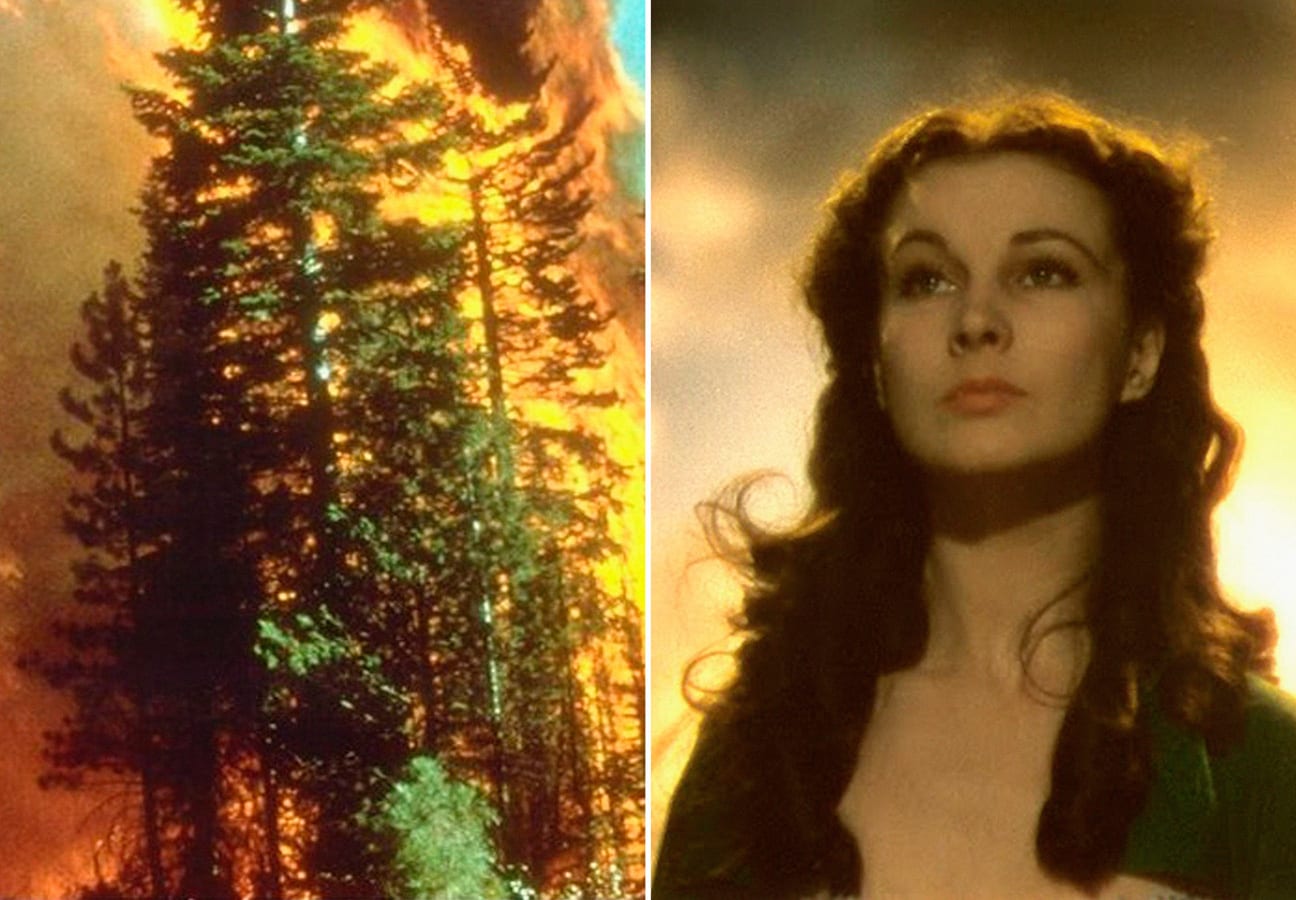
BF:I feel you like you have made a version of a soap opera in book form that I want to watch, but am actually caught being filmed in somehow. I am cautious to a degree about saying that as it would be easy to espouse an easy and impervious remark about disaster porn, climate disaster porn, historical outrage porn (Ronald Reagan, Dead Actresses) and perhaps feel a little bit like the sensational version of “Santa Barbara Babylon” has finally been published. On the topic of the Soap Opera, though you were born in the Dominican Republic, you live and work in Mexico, was there an acculturated use of the dystopian soap opera aesthetic or was this intentional based on use of particular archive material-a Baywatch in reverse?
AC:I love you feel it like a soap opera. I guess I wasn´t fully conscious of this but it is something I can´t run away from as I was brought up with soup operas blasting in the house everyday until I was about fourteen or fifteen. Drama is something that you want to see all the time in these TV shows and they hook you even though you know what is coming and you know who the bad people are. The use of the two main characters from the Santa Barbara soap opera became a possibility to create “characters” in a book that is just made up of images. Using these know characters in both books was an experiment on creating attachment to a storyline, even if it is just conceptual, but it is an effort to carry meaning through time and a documentary (anti-documentary) project. The material and typography of the covers are also a building of character, a design character, but never the less something to relate to when you go from one book to the other. There are also scenes that start in one book and continue in the other. I find this exciting. I think by doing this I am accepting how photographs can be expanded and to stay away from the impressiveness a great photographic shots. The images are not there to be photographs in a way. The drama and the story is spread out, it’s interactive without being to boring.
BF: You recently showed the work with Paul Kopeikin in Los Angeles. I was really happy to see you guys had made that connection happen. I get the sense that things might start in editorial or book format for you. The complexities of taking a book to the wall are often understated. Can you give me an idea of how it went?
AC: This is the fourth time I do this installation this year and every time things have changed depending on the space and context but the first time was the hardest to translate into a piece on the wall. I was interested in convening the idea of the velvet surface of the books, not so for its tactile effect but for the implied meaning of grandeur, wealth and well being it conjures when you interact with it. Also I was at that moment thinking how the book is an object that offers this “context” for the images to be read as a sequence and specially as a whole. So those two thoughts got me started with thinking of groupings and sequences and external elements that could co exist with the works to make them be whole and not just individual images aligned on the wall. I saw a couple of graphics that were used in some exhibitions and that got me to try out paint and colors to create a background in which the images would inhabit. I looked for the most expensive paint that could maybe give you this feeling of beauty the velvet gives but it never really worked. Then I was stuck and trying a bunch of crazy stuff from enlarged images to symbols but it was my wife´s suggestion to use a flag that made me feel uncomfortable. We talked about it a couple of days and I didn´t think it would work but the more I thought about it made complete sense. These images inhabiting and eclipsing the flag would bring out that collision I was getting from the books; the softness of the cover with the rawness of the paper and images inside. Then as I grew more and more comfortable the flag got bigger and bigger to what you can see at Paul´s gallery, were people become part of the space in order to see the images. The installation is called “Santa Barbara return jobs back to US or The Collective Memory of the Worst Place to Live in the World Today If You Are Not White”. I wanted the title to feel uncomfortable to read for what it says and its length. I think it really rounds up the works and now I am combining images from both books into the installations. The end of the Trilogy will be the end of Trump´s America, and what is that? I don´t know but the images are here and they are ready to be shuffled to address the future to come.
Skinnerboox
(All Rights Reserved. Text @ Brad Feuerhelm. Images @ Alejandro Cartagena.)
